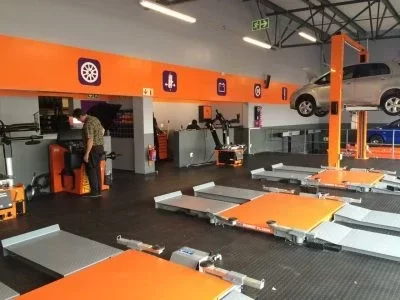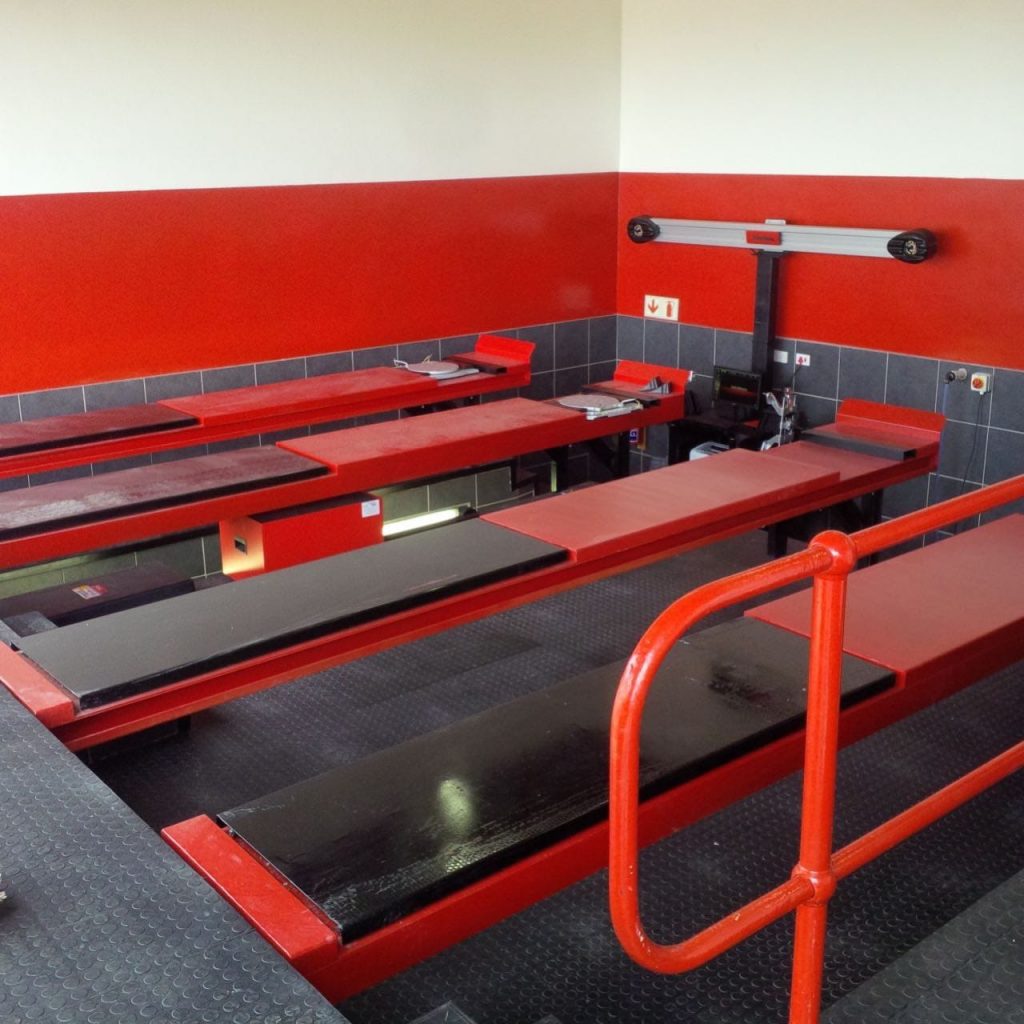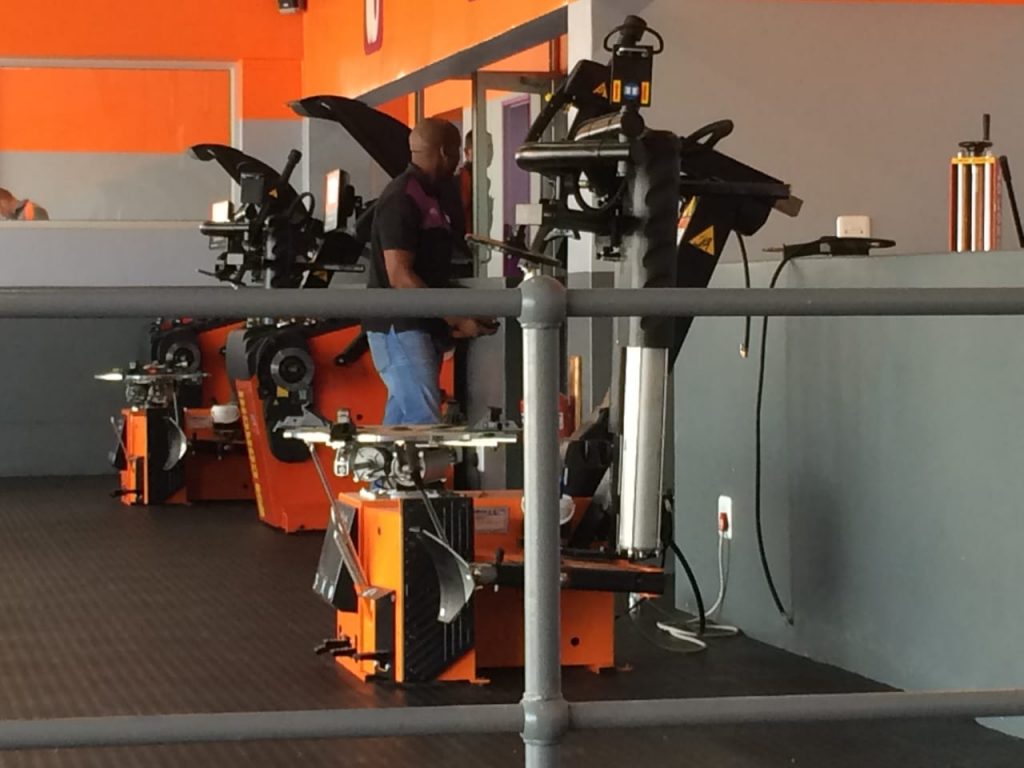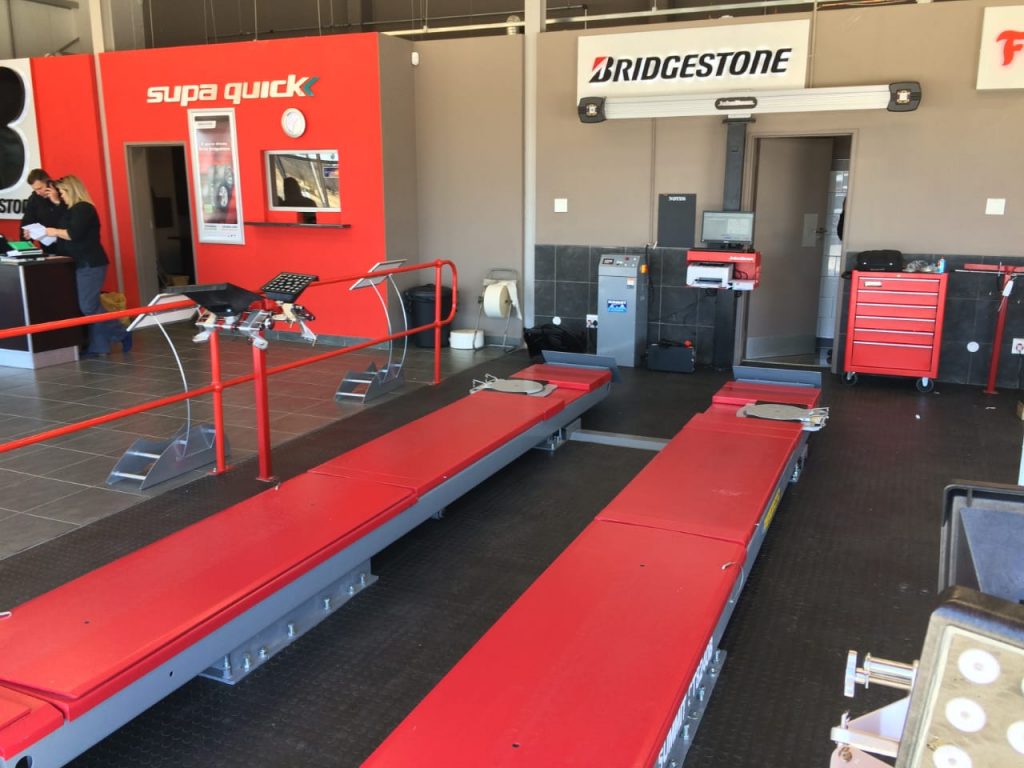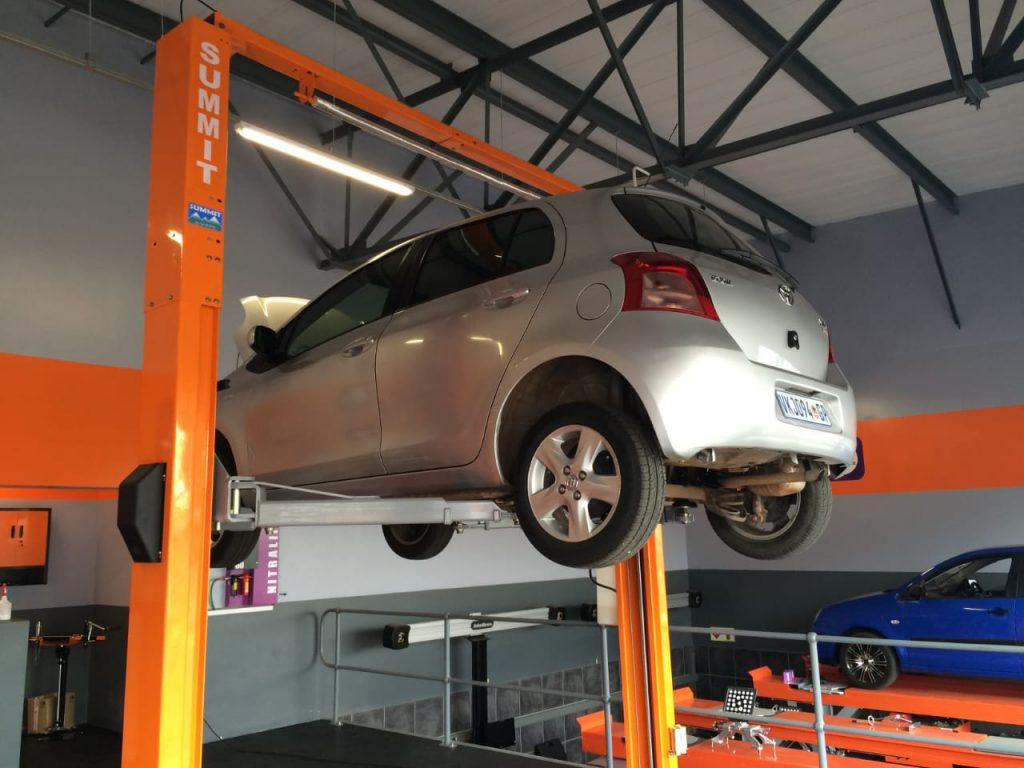- PASSENGER WHEEL ALIGNMENT
- SUSPENSION PLAY DETECTORS
- DIAGNOSTIC MACHINES
- ALIGNMENT LIFTS AND RACKS
- PASSENGER WHEEL BALANCERS
- PASSENGER & MOTORCYCLE TYRE CHANGERS
- TEST LANE EQUIPMENT
- WORKSHOP LIFTS
- TRUCK ALIGNMENT & BALANCING
- TRUCK TYRE CHANGING
- RIM REPAIR EQUIPMENT
- BRAKES AND SHOCKS
- AIR COMPRESSORS
- PIPE BENDERS AND TOOL SETS
- SPECIALITY TOOLS

Special! - Speak to us
- Home
- Archives for Nico Prinsloo
Author Archives: Nico Prinsloo
WORKSHOP PRESSES
What is a hydraulic press?
A hydraulic press is a mechanical device that uses pressure to install or remove parts in a garage workshop.
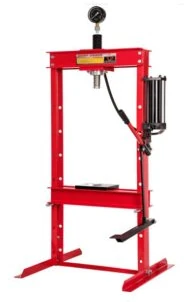
The hydraulic presses sold by GTS Equipment are used in auto workshops for mounting and unmounting wheels, bearings, gears, and sheaves onto and off shafts and axles.
Hydraulic presses work on Pascal’s Law which states that in gas or liquid mechanics, a fluid at rest in a closed container pressure applied in one part leads to a corresponding increase in all other parts of the fluid and the walls of the container, without loss of pressure.
This means that pressure in one piston of a system is transferred in equal force to other pistons in the system. Pressure in a small piston is transferred in equal force to liquid in a bigger piston.
A piston can increase the force in another piston 10 times larger and the force in the larger piston will be ten times higher than the force in the small piston.
The application of Pascal’s Law can be found in hydraulic presses, hydraulic cranes, hydraulic lifts, hydraulic jacks, and hydraulic brake systems.
The force of a hydraulic press depends on the size of the cylinder.
Hydraulic presses are found in 1-ton up to 100-ton and more pressure capability.
What are the types of presses?
Presses have four classification based on:
- Mechanism
- Function
- Structure
- Controllability
Presses are mostly described as one of the following:
- H-frame hydraulic press
- C-frame hydraulic press
- Four-column hydraulic press
- Horizontal hydraulic press
- Hydraulic wheel press
- Straightening hydraulic press
Five types of hydraulic presses you will find most:
- Movable table hydraulic press. Used for anything that is too big or heavy to be lifted by a technician. The part that needs pressure work is lifted with a forklift or overhead hoist and the table of the press is rolled under an adjustable head.
- Movable frame hydraulic press. Usually an H-frame with a static bed and movable frame. The frame moves the press so the item that needs pressing does not need to be moved.
- Air-operated hydraulic press. Pneumatic press that works with compressed air rather than fluid.
- Double-acting hydraulic press. Usually found in metal sheet workshops. Holds the metal sheet in the first action and punches in the second act.
- Manual hydraulic press. Operated by a technician pulling a manually operated lever.
Presses are found in all industries where the application of pressure is needed.
Presses in an auto shop
In a well-equipped garage or auto repair centre you will find presses for the different tasks done in that shop.
What is the purpose of a shop press?
Workshop presses are used for the removal or installation of gears, universal joints, pulleys, wrist pins, bending, bonding or straightening applications, pressing bearings and shafts or for general assembly and straightening tasks.
GTS provide 10, 20 and 50-ton presses.
What is the difference between mechanical and hydraulic presses?
Mechanical presses are mostly used for working on sheet metal while hydraulic presses are found in auto workshops.
Coil spring compressors, spring coil compressors or just spring compressors are tools that are used to install and remove vehicle coil springs.
Coil springs are part of the shock-absorbing system of a vehicle. They absorb road impact, support the weight of your car, keep the wheels on the road surface and keep the vehicle at the correct height.
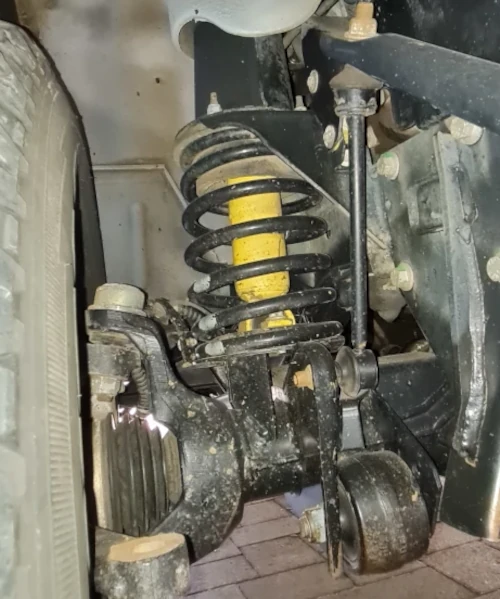
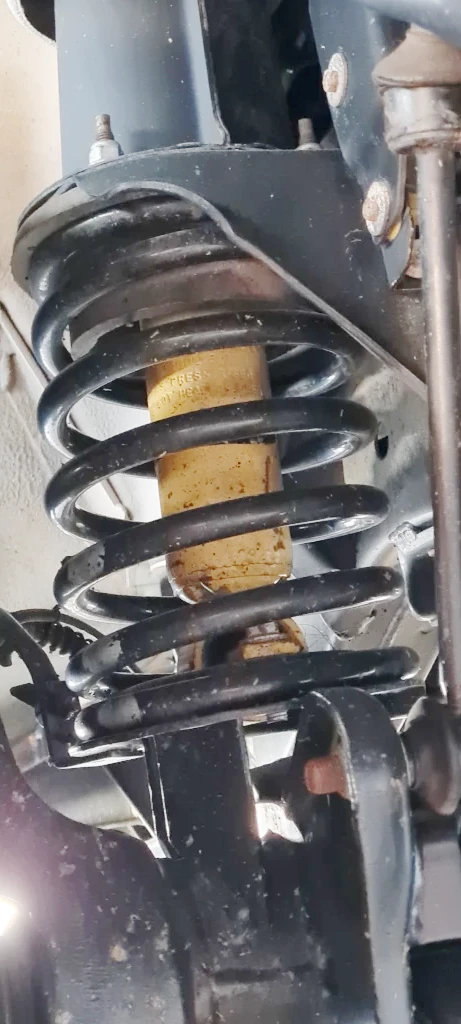
Coil springs store energy
Coil springs store energy when they are compressed by the weight of a vehicle and its load. The energy is released once the weight is lifted and the spring expands to its original dimensions.
Because coil springs store energy, they are effective in carrying heavy loads and “smooth” the movement of a vehicle on bumpy roads.
Coil springs are made from carbon, silicon, manganese, and chromium, which makes them firm, flexible and “springy”.
Because they need to carry heavy loads on bumpy roads, spring coils are compressed to shorten the spring and store energy for release when required.
Coil spring compressors compress springs
Coil spring compressors should be distinguished from other workshop presses.
A coil spring compressor compresses an extended coil spring and stores the energy needed when a vehicle is loaded or travels over bumps.
Intense force is needed to compress the coil spring, which is what the spring coil compressor is used for.
All workshops that provide services related to car suspensions need a coil spring compressor in the workshop.
Coil springs need to be compressed to a force that human power cannot do, so a tool is needed for that.
The coil spring compressor does just that.
Trolley jacks
The purpose of trolley jacks, like all other auto workshop tools, is to make auto repair work more productive.
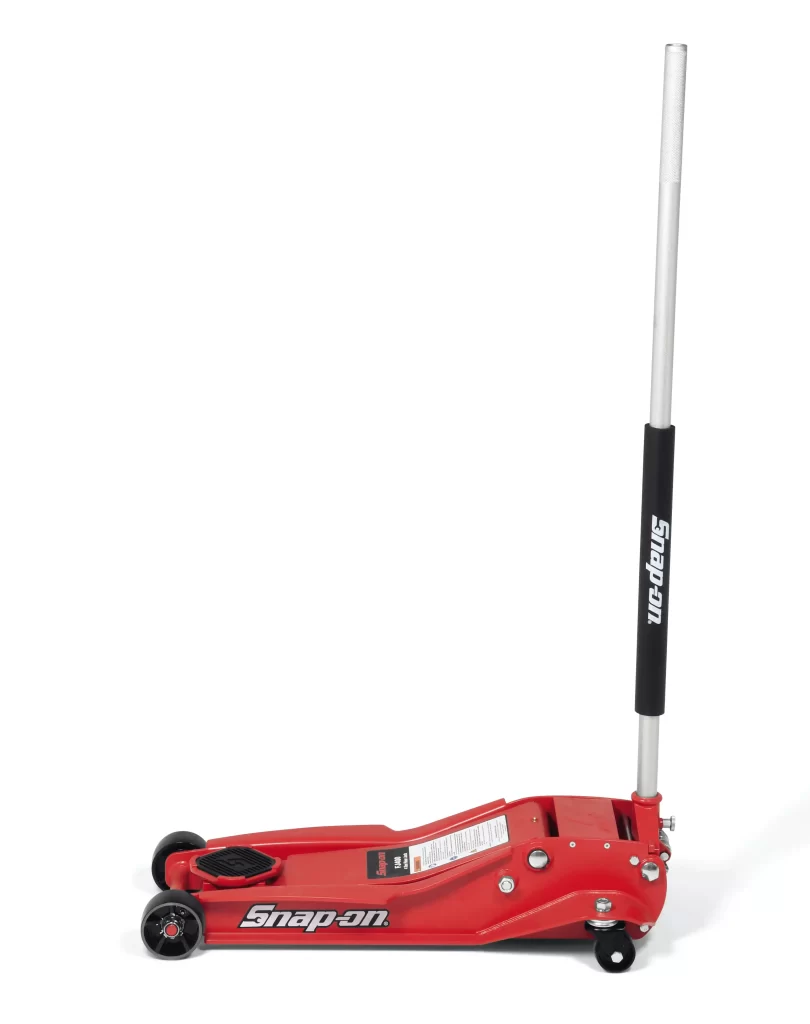
There are three main types of jacks namely
screw jacks,
trolley jacks, and
bottle jacks.
Risks for auto mechanics
Research shows that there are three main areas of risk for auto mechanics:
- overstraining of organs (muscles and ligaments),
- the impact from objects and moving items,
- being crushed by heavy objects.
Trolley jacks are usually used to lift a motor vehicle to access its interior component or extract certain parts such as gearboxes for repair and maintenance.
How trolley jacks work
Trolley jacks are hydraulically powered to create maximum output with minimum effort.
The operator needs to apply a small amount of force (energy) to get a large amount of power. The size of the piston and the strength of the wheels determine the power of the trolley jack and the load it can lift.
A quality trolley jack like the Snapon has a pump that allows the pivot arm to go from lowered position (100mm) to meet the load in the least number of pumps. The length of the handle contributes to the ease with which the trolley jack can be used.
Hydraulic jacks function on Pascal’s law, which states that the intensity of pressure at any point in a fluid at rest is same in all directions.
If two cylinders (a large and a small one) are connected and force is applied to one cylinder, equal pressure is generated in both cylinders. However, because one cylinder has a larger area, the force produced by the larger cylinder will be higher. The pressure in the two cylinders will remain the same.
Hydraulic jacks operate on this law. The two-cylinder hydraulic jack operates by applying force to the smaller cylinder which results in the same amount of pressure in the larger cylinder. Since the larger cylinder has more area, the resulting force will be greater, and that allows the operator to lift a car that would be impossible to lift manually.
Working principle of a hydraulic jack

Quality trolley jacks
Looking at the design of trolley jacks and the physics that it is based on, it is clear that inferior trolley jacks can be dangerous in an auto shop.
Hydraulic systems that are made from too weak or sub-standard materials can lead to serious accidents and loads of trouble for auto shop owners.
That is why GTS Equipment only stocks brand names that have proved themselves and have stood the test of time and intense use in workshops all over the world.
Price should be low on the list when buying trolley jacks for auto shop or home garage use.
GTS stocks trolley jacks that are much cheaper than a hospital account.



